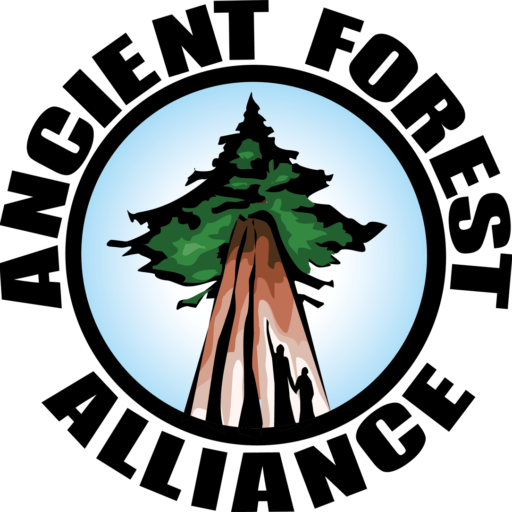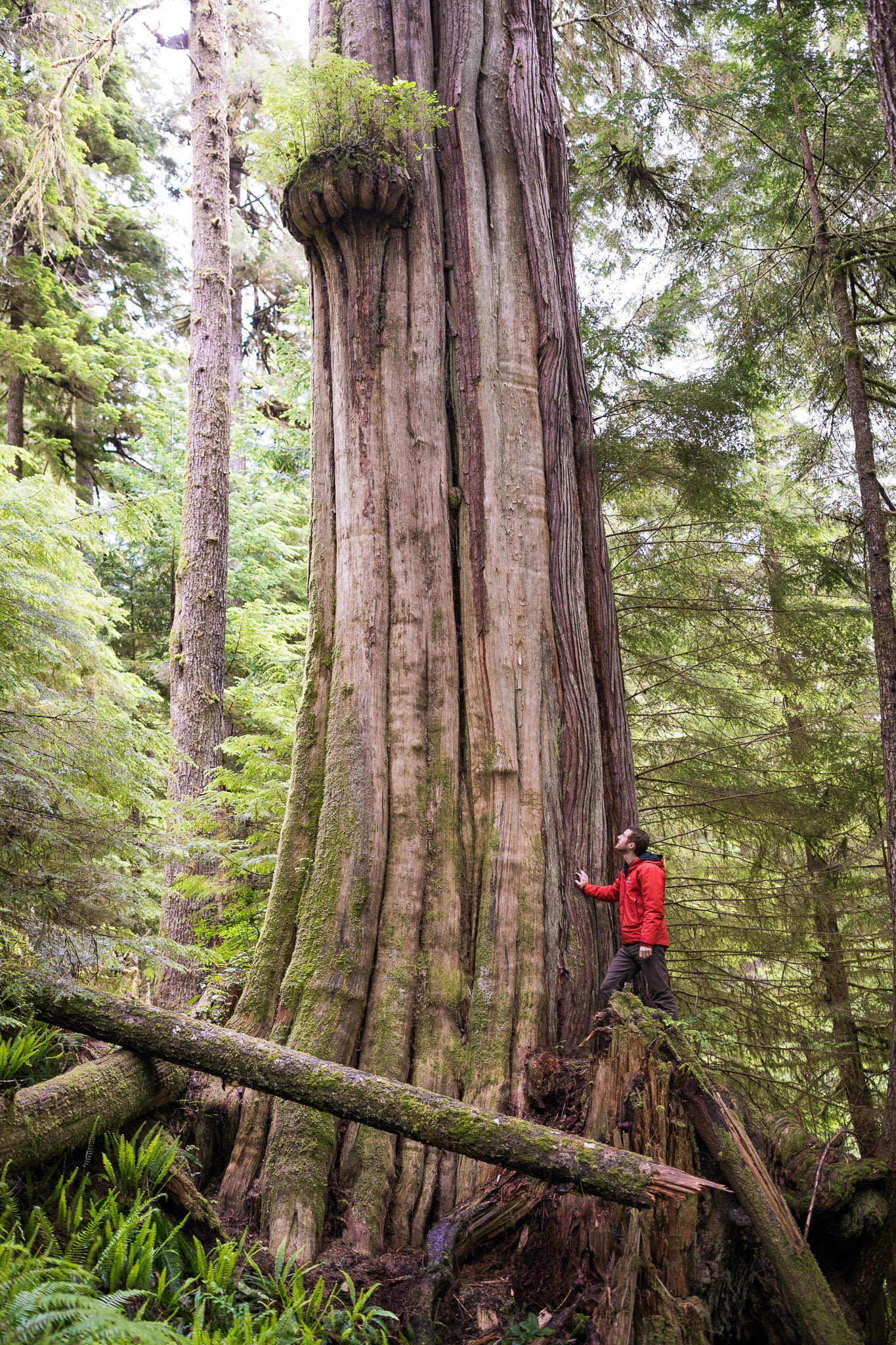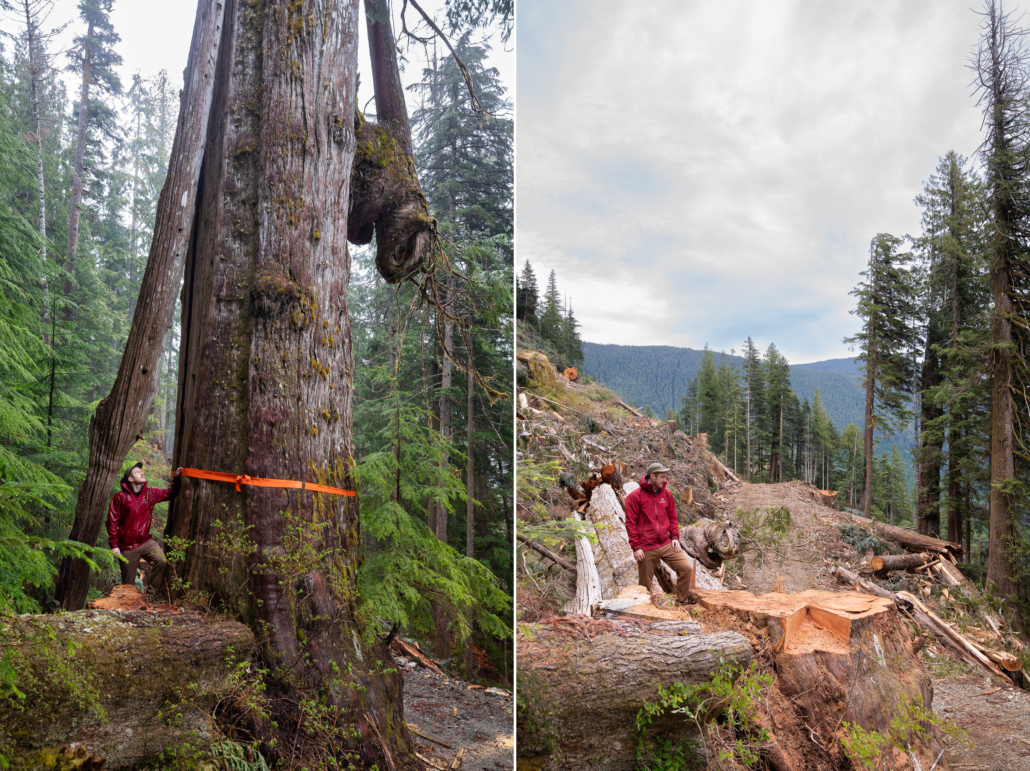Ecosystem-Based Protection Targets – The “GPS” for New Protected Areas
Ecosystem-Based Protection Targets, or “Ecosystem-Based Targets,” are an essential and much-needed tool to ensure the full range of diverse ecosystems and most threatened areas in BC are safeguarded from further degradation. Developed by scientific panels and First Nations Traditional Ecological Knowledge committees, these targets would guide the expansion of protected areas across the province. The forthcoming Biodiversity and Ecosystem Health Framework (BEHF) offers the greatest chance of implementing these targets.
Why Do We Need Ecosystem-Based Targets?
Historically, protected areas in BC have focused on ecosystems less sought after by industry—such as alpine, bogs, and northern landscapes with lower biodiversity and low-to-no timber values. Meanwhile, richer valley-bottom and southern ecosystems with greater biodiversity and productive forest lands, which are highly sought after by industry, have been left vulnerable to industrial extraction. It’s been a “save the small trees, log the big trees” approach.
While BC’s goal to protect 30% of land by 2030 (30×30) is a positive step forward, it isn’t enough. To truly safeguard biodiversity, we need protection targets for every ecosystem type—rainforests, grasslands, dry forests, wetlands, etc.—on a scale large enough to ensure their long-term health and stability.
Ecosystem-Based Targets would act like a GPS that aims protection toward the environments that need it the most. Send a message to the BC government calling for Ecosystem-Based Targets here.


